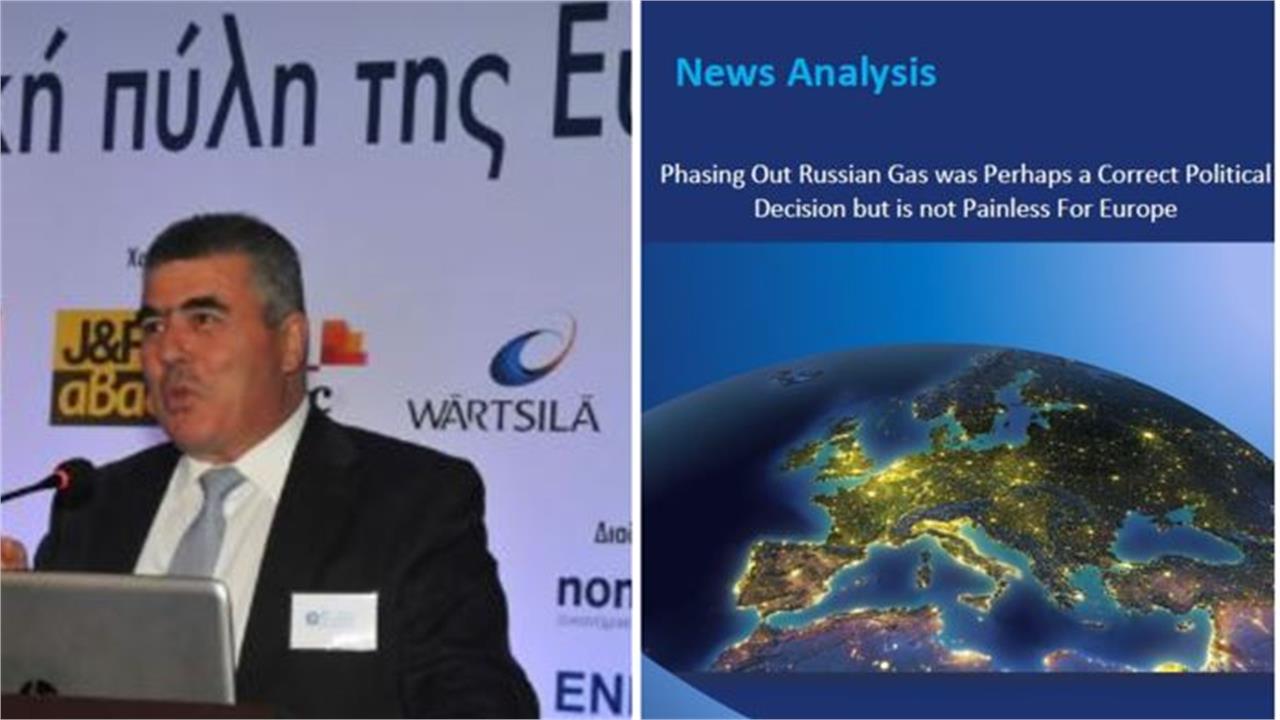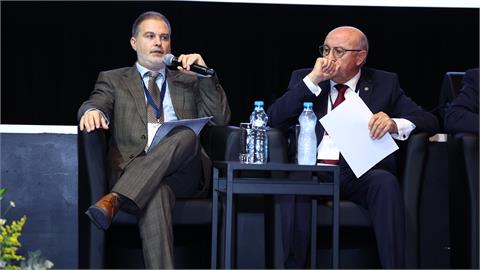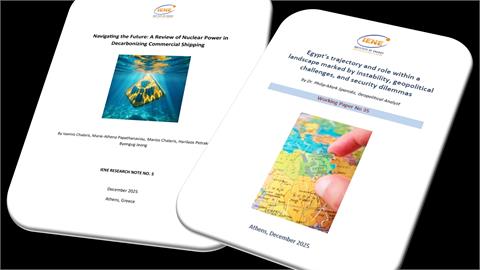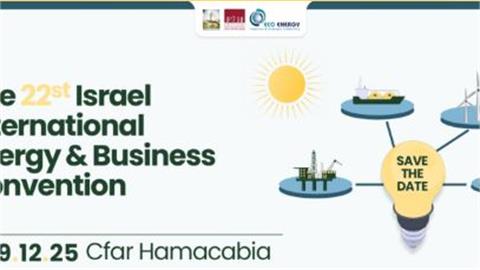In a timely News Analysis, by Spyros Paleoyannis, an IENE partner and erstwhile CEO of Greece’s state gas company DEPA, the pitfalls arising from the phasing out of Russian gas deliveries to Europe are explained in some detail. As Paleoyannis notes, “After more than 50 years of continuous supply, Russian gas flows to Europe via Ukraine stopped on January 1st, 2025. As expected, the Russian invasion of Ukraine inevitably resulted to the non-renewal of the Gas Transit Agreement between the two warring countries.”
“The Ukrainian gas transportation corridor had been developed during the Cold War era, as an attempt not only to create an economic relationship, but also as a “real-politic” mean to promote peace and regional cooperation between Europe and the Soviet Union. For decades, both parties enjoyed the fruitful results of this mutually beneficial approach: Europe had access to a cheap gas source to fuel its economic growth and the USSR initially and then Russia secured significant annual revenues stream due to gas exports.”
“Not surprisingly, Europe has been heavily and very often criticized for its high dependency on Russian gas (nearly 40% in 2021), especially by the US which argued that Europe should be much more worried about its energy security since Rusia could, and in some cases already did, use gas as a weapon against the West.”
“Today, amid the Russian-Ukraine war and following Europe’s political reaction to phasing-out Russian gas, the situation in the European gas market (EU plus UK) has become quite different. Gas demand dropped from 489 bcm in 2021 by an impressive amount of 100 bcm (!!!) to only 390 bcm in 2024, while (non-storage) gas imports fell from 421 bcm (out of which 154 bcm of Russian origin) to only 305 bcm the same period.” You may read the full analysis here.




